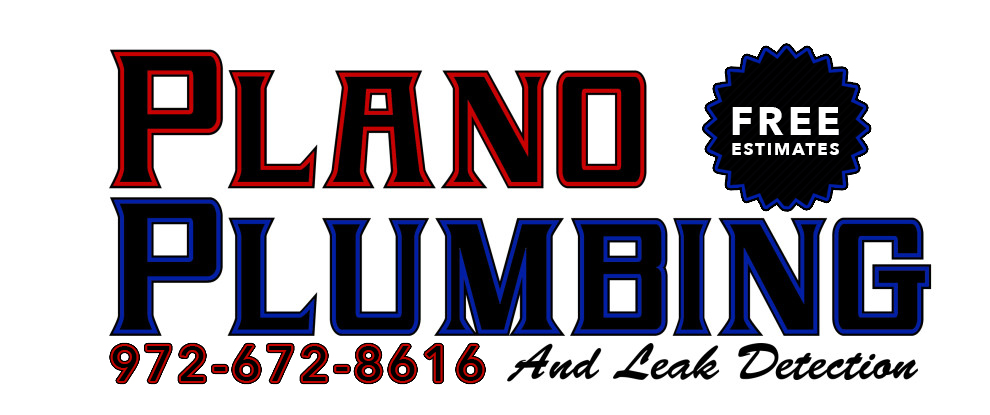Water leaks pose severe risks to businesses and homeowners, leading to property damage, increased water bills, and potential health hazards from mold and mildew. Professionals providing leak detection services can help mitigate these risks by identifying leaks early, minimizing damage, and reducing water wastage. Essential plumbing services protect property, finances, and the environment while ensuring the efficient use of water resources.
In this guide, we’ll cover essential questions like:
- What is water leak detection?
- How does water leak detection work?
- What does the process involve?
- What technologies do professionals use to detect water leaks?
What is Water Leak Detection
Certified plumbers provide effective water leak detection using the latest technologies. Water leak detection is the process of identifying and locating leaks in plumbing systems or water infrastructure. It involves various methods such as acoustic detection, flow monitoring, and thermal imaging to pinpoint leaks quickly. Early detection helps prevent property damage, reduce water waste, and minimize repair costs.
How Does Water Leak Detection Work?
Water leak detection involves identifying, locating, and rectifying leaks in plumbing systems before underlying issues escalate. The process begins with a visual inspection of suspected areas, with professionals looking for visible signs and symptoms of leaks. They also use auditory cues to identify potential problem areas.
What Technologies are Applied in Professional Water Leak Detection?
Professional plumbers also use various technologies and methods depending on initial findings:
- Acoustic Detection: This method relies on listening devices to pick up the sound of water escaping from pipes. Specialized equipment can detect the unique noise patterns created by water leaks, whether underground or within walls. These devices amplify the sound of the leak, making it easier for technicians to pinpoint its location.
- Flow Monitoring: Flow meters are installed in water pipes to monitor the flow rate continuously. Sudden changes or fluctuations in flow rate can indicate a leak. Advanced flow monitoring systems can even analyze flow patterns to distinguish between normal water usage and leaks.
- Pressure Monitoring: Pressure sensors monitor the pressure within water pipes. A pressure drop can signal a leak in the system. Pressure monitoring is handy for detecting leaks in pressurized systems or large pipelines.
- Moisture Sensors: Moisture sensors are placed in areas prone to water leaks, such as basements or near appliances like water heaters and washing machines. These sensors detect changes in moisture levels and trigger an alarm or alert when water is detected.
- Thermal Imaging: Thermal cameras can detect temperature variations caused by water leaks. When water escapes from a pipe, it often changes the temperature of surrounding materials. Thermal imaging can identify these temperature anomalies, allowing technicians to locate hidden leaks behind walls or under floors.
- Dye Testing: In some cases where this method is allowed, a fluorescent dye can be injected into the water supply to trace the path of a leak. The dye will follow the flow of water and emerge at the site of the leak, making it easier to identify the source.
- Pipe Inspection Cameras: These cameras are inserted into pipes to visually inspect their interior for signs of damage or leaks. They can be beneficial for detecting leaks in sewer lines or underground pipes.
- Data Analytics: Advanced leak detection systems use algorithms and data analytics to analyze parameters such as flow rate, pressure, and temperature to detect anomalies that may indicate a leak. These systems can provide real-time monitoring and alerts, allowing for proactive leak detection and mitigation.
- LIDAR: Light Detection and Ranging (LiDAR) technology is a remote sensing technology that measures distance by emitting laser pulses and analyzing the reflected light. It generates precise 3D maps or models of landscapes, objects, and other environments. LiDAR can be utilized in leak detection by detecting changes in surface elevation caused by underground leaks. By scanning an area with LiDAR, deviations in terrain height can indicate potential leaks. Combined with data analysis, this method helps identify underground leaks in water pipelines, enabling proactive maintenance and minimizing water loss.
These tools and systems allow professionals to accurately identify leaks even in hard-to-reach areas. They help provide early detection, preventing further damage to property and reducing costs.
Partner with Seasoned Professionals from Plano Plumbing
Early water leak detection allows for timely repairs, preventing costly damage to property and infrastructure. Our certified plumbers from Plano Plumbing know how water leak detection works and offer proactive solutions to address underlying issues, ensuring efficient water management and conservation. Our experts provide thorough detection, mitigating risks, and working on the root cause of the leaks to prevent further issues. Call 972-672-8616 or fill out our online contact form to get a quote.
